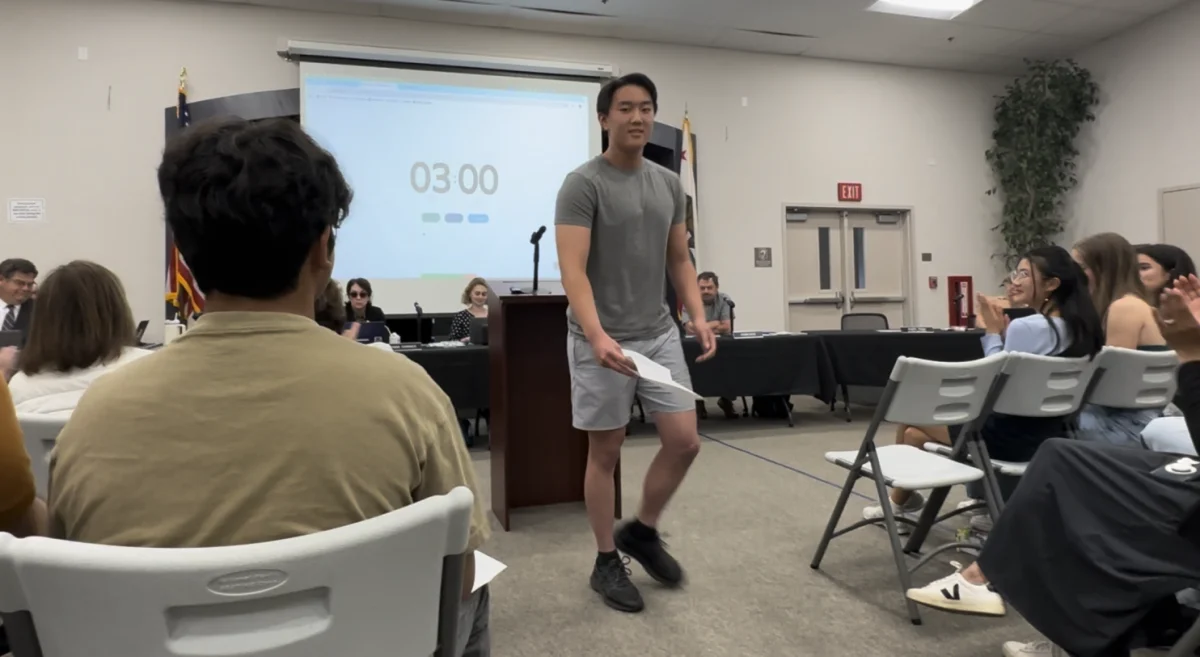Students all know that the school has specific rules about what they can and cannot do. These rules linger in the back of their minds, ostensibly guiding their choices throught their high school careers. Despite their importance, how many truly know and understand what these policies specifically say and mean?
At the school, there are a category of offences with a particularly severe punishment. According to the school policies posted on the school’s section of the district website, “The following acts make a recommendation for expulsion from the school district mandatory: possessing, selling, furnishing a firearm; brandishing a knife or weapon; selling a controlled substance; committing or attempting to commit sexual assault or battery.”
Because there are policies in place that give certain violations severe and required punishments, it is extremely vital for students to be aware of them. This is important for two reasons: first, if students aren’t aware, they can be punished for actions which they perhaps did not maliciously intend to do; and second, the policy will not serve its original intended effect, which is to deter student misconduct.
Rules of this kind are known as zero tolerance policies, which means that there are predetermined and mandatory consequences for certain behaviors. They have faced controversy and criticism from many groups, largely due to the lack of flexibility and rash action that they sometimes entail. However, a large part the problems that have been raised revolve around whether or not they are effective.
For example, the American Psychological Association Zero Tolerance Task Force found that, “The notion of deterring future misbehavior is central to the philosophy of zero tolerance…Rather than reducing the likelihood of disruption, however, school suspension in general appears to predict higher future rates of misbehavior and suspension among those students.”
This means that zero tolerance policies in many cases do not succeed in reducing student violence, but instead lead to repeat offenses by the same students.
However, at LAHS, safeguards have been put in place to make sure that the policy is used effectively. The rule only requires a recommendation for expulsion. The superintendent and school board have to approve the final decision to expel the student.
This, in large part, can serve to solve the problem with most zero tolerance policies. Through this measure, other circumstances can be factored in and only students who truly did wrong will be expelled.
Still, the policy is stringent and students must understand what will result from not complying. For example, years ago a student worked at Safeway cutting boxes and brought a box cutter on campus, not intending to cause any harm with it. However, because of the rule, and its zero policy nature, the school was forced to recommend expulsion. Though the student was not expelled, he was moved to Alta Vista for a semester.
“I’m not aware of [the policies], but it’s important for people to know about them, because if they don’t then they really don’t have any motivation to follow the rules…and the whole point of rules is to stop people from doing bad things, not really to punish them for it,” sophomore Rebecca DeShetler said.
Nonetheless, the utility of this rule still rests on the good judgement of students. If students realize the steep consequences for their actions they will be less likely to make bad decisions without thinking. Or at least, that’s the purpose authors had in mind when the policies were crafted.
“When I have that law backfire on me is when students don’t think about it,” Principal Wynne Satterwhite said.
It’s not uncommon for teenagers to easily make poor choices only later to realize the severity of the consequences they face. While, it is true that the school board has the power to make the final decision, even a recommendation for expulsion is severe and students need to be aware that this is what they face.
“I definitely think it’s important to know what the consequences are,” Satterwhite said.
The fact of the matter is that the school has to have ways of reducing crime and holding students accountable. A main way to do this is with tough punishments. However, the only way this kind of deterrence works is when students are aware of what can happen to them when the break these policies.








